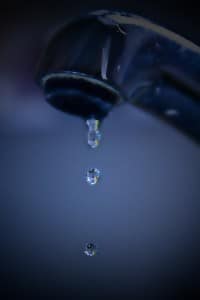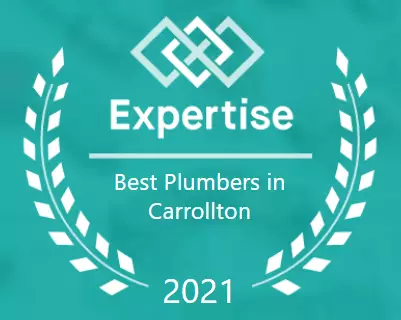The drought that hit Texas in 2010 left large areas of the state in dire need of water for several years. Brief rainy periods offered some relief, but dry conditions quickly returned. This was not an isolated incident. Texas has seen severe dry periods many times in its history. In the 1950s the dry spell lasted a full seven years before abating. The recent lengthy drought only came to an end (for the most part) in 2015, when heavy rains caused flooding throughout Texas, refilling reservoirs and enabling farmers to properly irrigate their crops. It’s so important to conserve water and use it responsibly. Here are a few tips on saving water in your own home and ways to upgrade the efficiency of your plumbing system. Do your part!
1. Check for leaks.
Leaks can quickly lead to hefty water bills and a huge amount of waste. Check all of your pipes carefully, and watch out for signs like puddles or damp areas that may indicate a leak somewhere in your home. If you detect any such issues, ask your plumber to repair them as soon as possible.
2. Don’t let the water run.
 While it can be tempting to leave the tap running while you wash dishes, brush your teeth, or carry out some other task, you can save a lot by turning it off when you aren’t using the water. Only turn the tap on when you need to, and don’t turn it up higher than necessary.
While it can be tempting to leave the tap running while you wash dishes, brush your teeth, or carry out some other task, you can save a lot by turning it off when you aren’t using the water. Only turn the tap on when you need to, and don’t turn it up higher than necessary.
3. Don’t use the toilet to dispose of trash.
Flushing things down the toilet to get rid of them wastes a significant amount of water. Where possible, dispose of trash in the bin, or consider composting biodegradable waste such as tissues. This also helps prevent blockages from developing in your pipes.
4. Insulate hot water pipes.
Good insulation will reduce the time it takes for water to run warm through the tap. This means you’re producing less waste while you wait for your water to heat up. Also try avoiding using hot water when cold will do.
5. Install water-efficient fixtures.
There are several fixtures, such as toilets and showers, that can be swapped out for more efficient versions that use less water to do the same jobs. You can also install aerators on your taps; these keep the pressure up while allowing less water through the tap.
There are many ways to reduce your water consumption, but these ideas should get you started. Your plumber may also be able to suggest further improvements that could improve your plumbing’s efficiency. Not only can this help control the amount of water you use and help the state of Texas, the reduced consumption will also save you money.

















